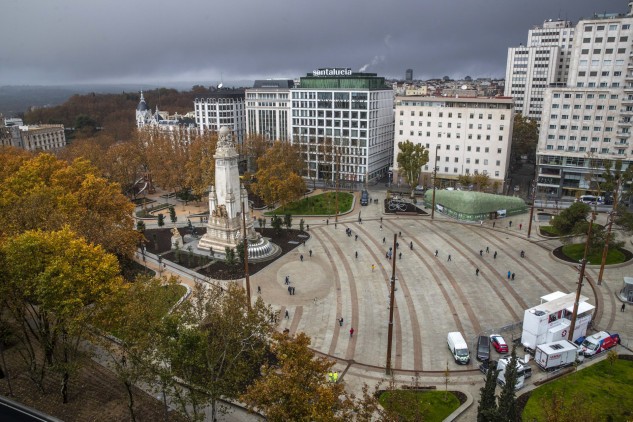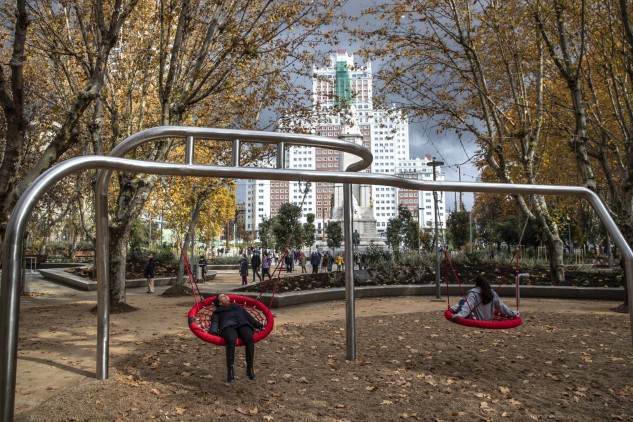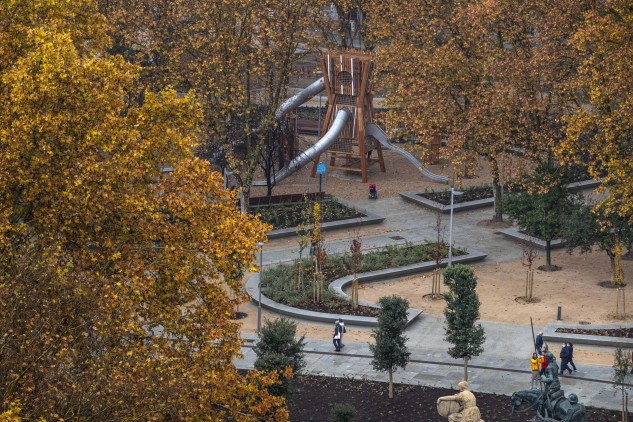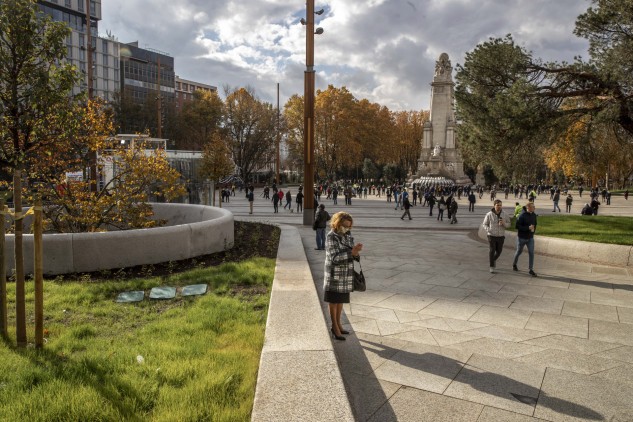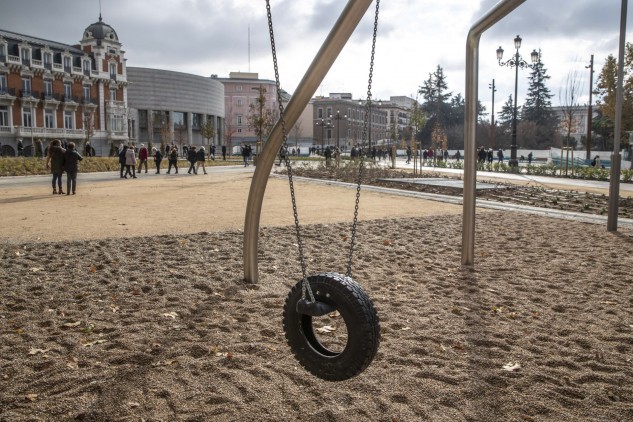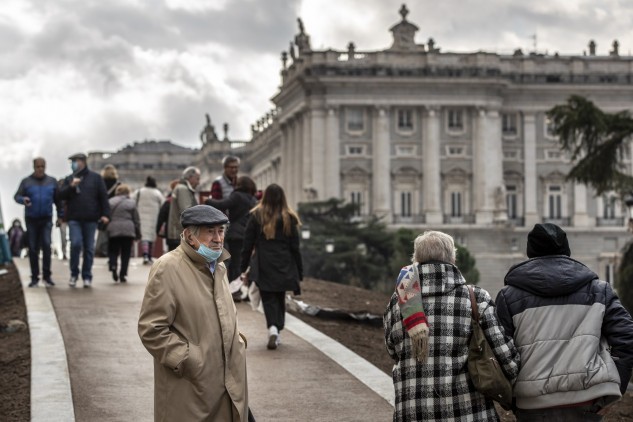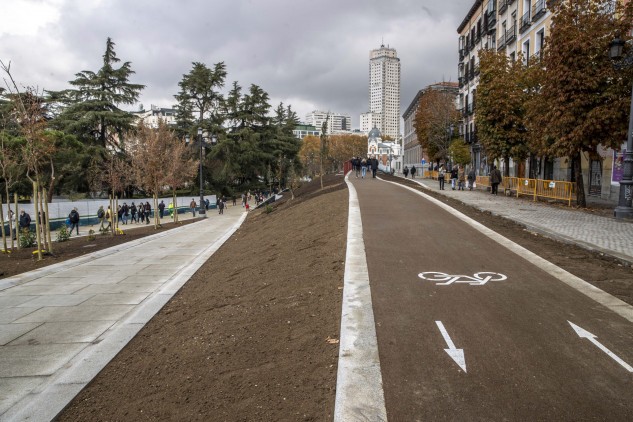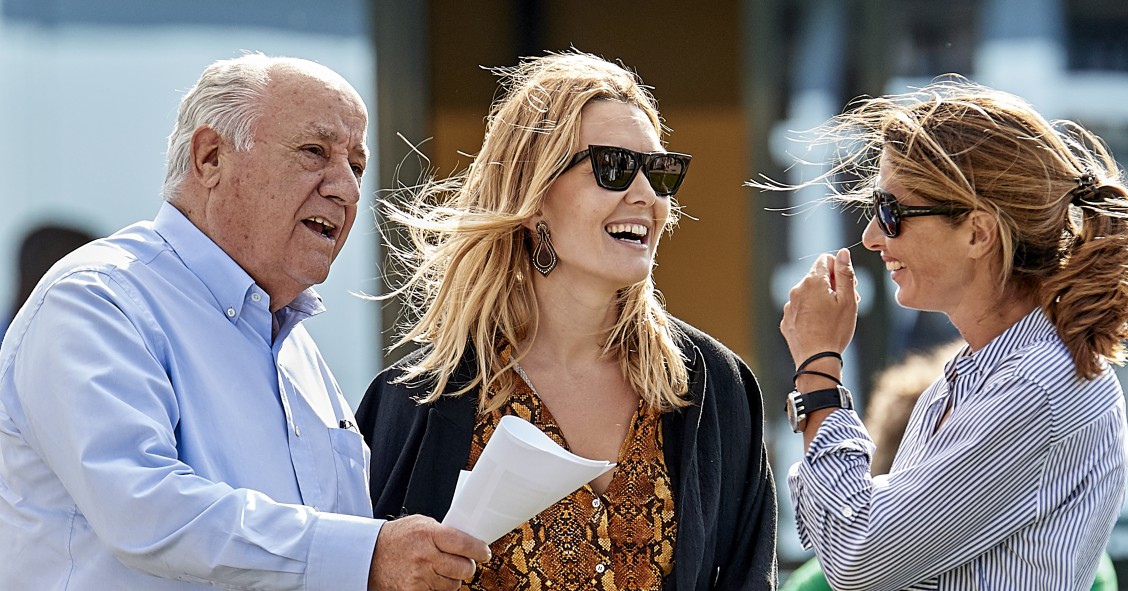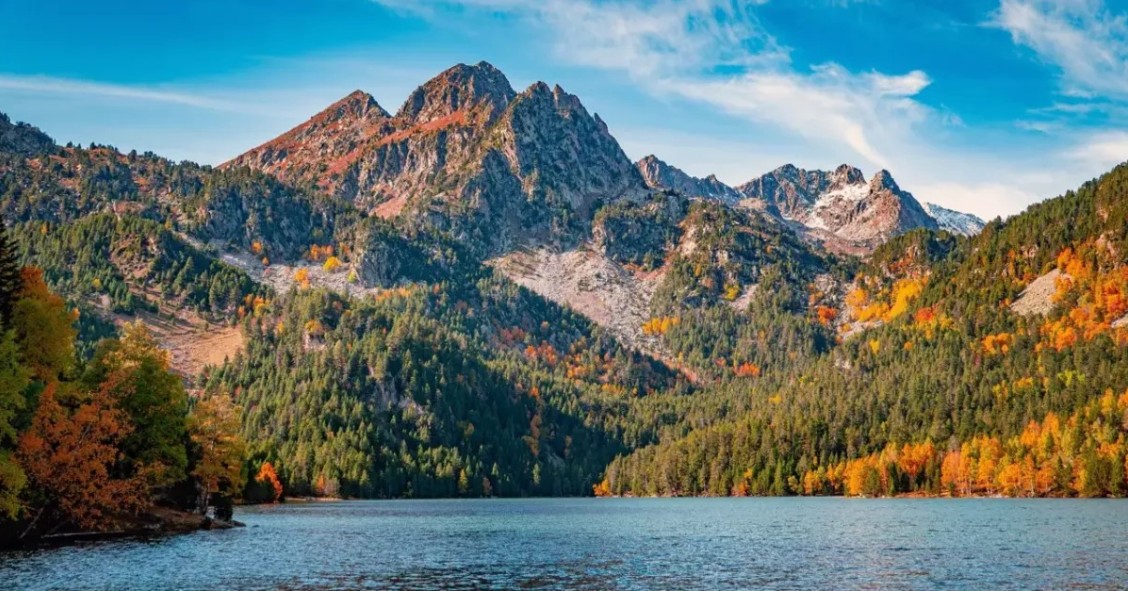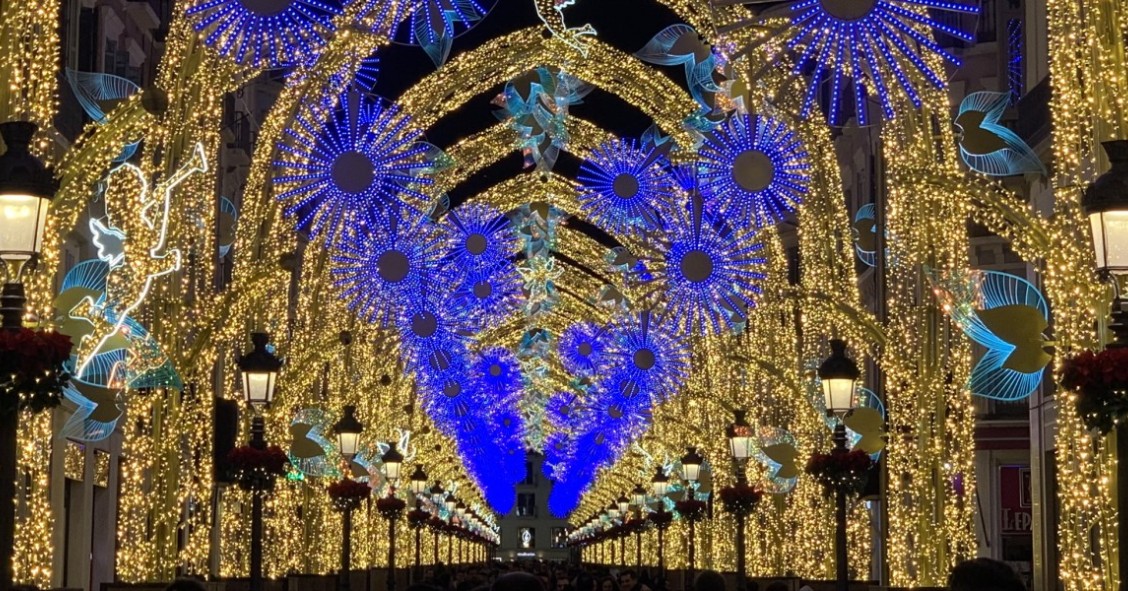
Earlier this week, the mayor of the Spanish capital, José Luis Martínez-Almeida, inaugurated the remodelling of the central Plaza de España after more than two years of works and reforms. Although some areas of the square still need to be finished off, the cty council wanted to boost the area's commerce and hospitality industry ahead of the Christmas holidays with this long-awaited opening, which will connect Gran Vía with important parts of the city such as the Parque del Oeste, the Sabatini gardens and the Campo del Moro, Madrid Río and the Casa de Campo without crossing a traffic light.
The renovated Plaza de España has a new space in which more than a thousand trees have been planted, although at first glance what you see now is a lot of concrete. The new green, sustainable and accessible environment covers more than 70,000 m2. Among the details of the work, the sculptural ensemble in homage to Miguel de Cervantes and his universal work Don Quixote de La Mancha remains the central axis, as well as adding new decorative sculptures. Next to them, several children's playgrounds add a new air to the park, together with the Café Cervantes, a small restaurant for the area.
More than a thousand new trees have been added to the large wooded area, which will give a new landscape to the area, which has seen the disappearance of cars.
The entry into operation of the tunnel through the Bailén-Ferraz axis will mean an important improvement in mobility. The resulting tunnel, a new underground infrastructure of more than 1.1 kilometres, will give access to the Cuesta de San Vicente, which will allow connection with the M-30 and the Gran Vía.
The former vehicle overpass will be converted into a pedestrian platform that will connect the Parque del Oeste and the Temple of Debod with the Royal Palace, its gardens, Madrid Río and the Casa de Campo.
The discovery of 18th century archaeological remains in Calle Bailén during the excavation of the tunnel, which caused a series of delays, will also be available to pedestrians.
